9 things you probably didn't know about the moon
For starters, the far side of the moon isn't the dark side of the moon
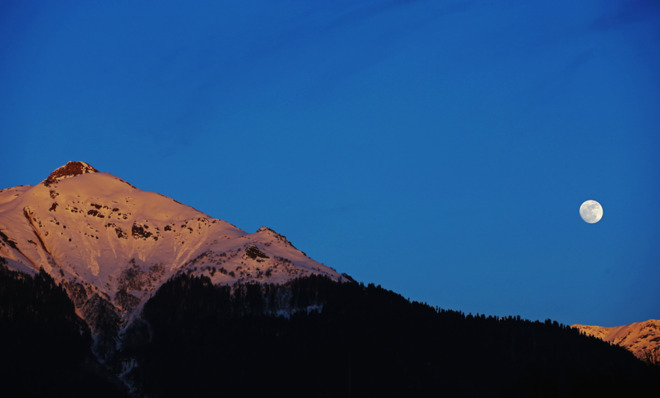

You probably know: Earth's moon likely formed after a planet-size object collided with Earth about 4.5 billion years ago.
BUT DID YOU KNOW: The birth of the moon might have given us our 24-hour day.
One lingering question scientists have about the impact-birth theory: Why are the Earth and the moon made out of the exact same stuff, geochemically speaking? Why doesn't the moon contain material from this mysterious impactor?
The Week
Escape your echo chamber. Get the facts behind the news, plus analysis from multiple perspectives.

Sign up for The Week's Free Newsletters
From our morning news briefing to a weekly Good News Newsletter, get the best of The Week delivered directly to your inbox.
From our morning news briefing to a weekly Good News Newsletter, get the best of The Week delivered directly to your inbox.
In 2012, Harvard scientists Matija Cuk and Sarah Stewart offered a new vision of the moon's formation with one new key element: a fast-spinning Earth. At the time of impact, if the planet had been completing a rotation once every two to three hours, they calculate, then the collision would have thrown a bunch of proto-Earth material into orbit. Over time, gravitational interactions between the Earth, moon, and sun would slow Earth down to the 24-hour day we see today.
You probably know: The moon often turns red or brown during a lunar eclipse.
BUT DID YOU KNOW: The color comes from Earth's atmosphere.
During a lunar eclipse, where the Earth passes between the moon and the sun, the only sunlight that reaches the moon is stuff that passes through Earth's atmosphere. The atmosphere filters and refracts the sunlight, leaving only the red part of the spectrum behind — it's the same effect that gives us sunsets. If Earth had no atmosphere, the moon would go totally dark during a lunar eclipse.
A free daily email with the biggest news stories of the day – and the best features from TheWeek.com
(More from World Science Festival: Aliens knocking? Better call Paul (Davies))
You probably know: The moon, like Earth, is not a perfect sphere; it bulges out slightly around its equator.
BUT DID YOU KNOW: It's slightly off-center and has a lumpy gravitational field.
The moon's center of mass is actually not at the exact geometric center; it's several kilometers closer to Earth than the center of the moon.
Also, the moon contains pockets of concentrated mass (mascons) under many of its basins, which results in a slightly "lumpy" gravitational field. In 2013, a pair of scientists offered a possible explanation: Ancient asteroid impacts caused lunar material to melt; when it cooled, this material became more dense and concentrated.
You probably know: The same side of the moon faces Earth all the time, since the moon is "tidally locked"; its own rotation matches its orbital period around Earth.
BUT DID YOU KNOW: The far side of the moon isn't "the dark side of the moon."
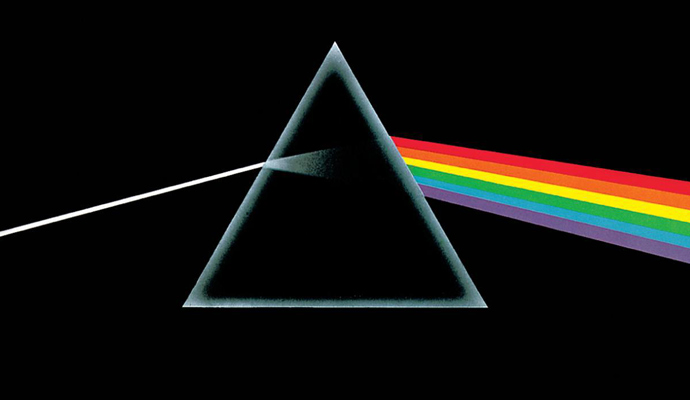
Although the moon's far side is turned away from us, it isn't dark all the time; the moon receives varying amounts of daylight throughout the month, resulting in the phases we see from Earth. During a solar eclipse, for example, when the moon's between the Earth and the sun, the far side of the moon is 100 percent lit; a full moon or a lunar eclipse is the only time when the far side of the moon is actually the dark side as well.
(More from World Science Festival: Gene therapy creates a biological pacemaker — no wires required)
You probably know: The moon looks bigger closer to the horizon.
BUT DID YOU KNOW: We still don't know what causes this "moon illusion."
The moon seems larger when you see it closer to the horizon. It's not an atmospheric effect; when you take a picture of the moon, it stays the same size no matter where it is relative to the horizon. It appears to be all in our heads. But just what is going on in our heads is still debated. Some believe that we are tricked by objects like trees and houses into seeing the moon as bigger when it's closer to them — except that airline pilots flying way up high also see the "moon illusion" as well. One alternate explanation that has been put forward is that our brains perceive the sky as a flatter dome than it actually is, so we're naturally wired to see something closer to the horizon as bigger than something higher overhead. No answer has yet emerged on top, but there are a lot of potential explanations.
You probably know: There's no life on the moon, because there's no air to breathe and no protection from asteroid strikes.
BUT DID YOU KNOW: There might be a "moon tree" near you.
Apollo 14 astronaut Stuart Roosa carried some unusual cargo on his trip: seeds. Roosa, a former U.S. Forest Service "smokejumper" — a very special breed of firefighter who parachutes into rugged terrain to fight forest fires — carried 400-500 seeds with him as he orbited the moon (while Alan Shepard and Edgar Mitchell walked on the surface). These seeds, from Loblolly Pine, Sycamore, Redwood, Douglas Fir, and Sweetgum trees, were planted across the U.S. (a list of some locations can be found here). Many "moon trees" from those seeds are still flourishing today, and seem to have suffered no ill effects from their trip to the moon and back.
You probably know: Some human civilizations used the moon to mark the months, counting the days between new moons (or other phases of choice).
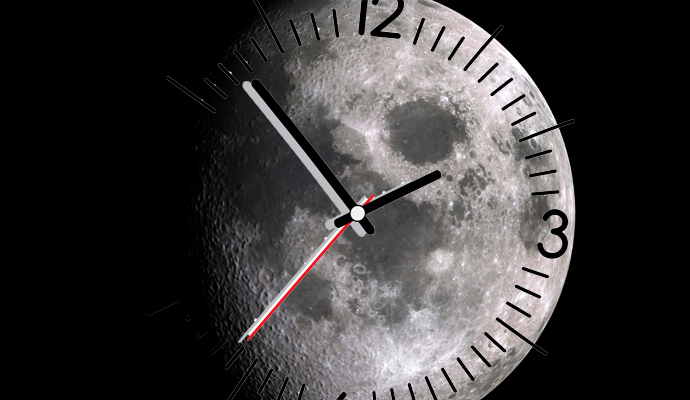
BUT DID YOU KNOW: The moon has its own time zone.
Well, not officially, yet. But the Sweden-based non-profit group LunarClock.org has outlined a scheme for a new lunar calendar and Lunar Standard Time that could be used by future moon colonists. A lunar year, equivalent to about 354 Earth days, is broken down into 12 "lunar days" named for the astronauts who walked on the moon; each lunar day is equal to about 29.5 Earth days, the amount of time it takes for the moon to cycle through its phases.
Each lunar day is broken down into 30 lunar cycles, each one roughly equivalent to 23 hours and 37 minutes on Earth. Each lunar cycle is made up of 24 lunar hours, each equivalent to about 59 minutes on Earth.
(More from World Science Festival: Nikola Tesla, father of the death ray)
In LunarClock's model, the LST clock started running at the moment Neil Armstrong set foot on the moon. On Sunday, which was the 45th anniversary of that step, the date and time in LST would have been 47-05-18 ∇ 06:18:10 — or six hours, eighteen minutes and ten seconds on the 18th cycle of Shepard, Year 47 (the reason the 45th anniversary in Earth years occurs in the 47th lunar year is due largely to the 11-day difference between the lunar year and our Earth year).
You probably know: The moon won't be around forever; like Earth, it's probably doomed to perish in the fires of the sun as it converts to a red giant.
BUT DID YOU KNOW: The moon is getting farther away.
The moon is moving away from Earth at the rate of nearly 4 centimeters a year. This is because of the "tidal bulge" that forms in Earth's oceans thanks to the gravitational pull of the moon. The bulge is pushed slightly ahead of the moon by the rotation of the Earth, and it transfers a bit of energy to the moon in return, driving it into a slightly higher orbit.
You probably know: The full moon exerts an emotional pull on the mind of man.
BUT DID YOU KNOW: Actually, it doesn't.
Scientists have yet to find hard, persuasive evidence to support the idea of "lunacy." Australian researchers found no evidence for a relationship between any face of the moon and the amount of violence or aggression in psychiatric hospitals. Similar studies have found no link between lunar phases and epileptic seizures, homicide rates, or any of the other behaviors that supposedly spike during a full moon. And while many myths connect the lunar cycle to the menstrual cycle, there is no real "normal" length of a menstrual cycle. Twenty-eight or 29 days is merely the average length of the varied menstrual cycles found in humans, and it's probably just a coincidence that the average is close to a lunar month.
-
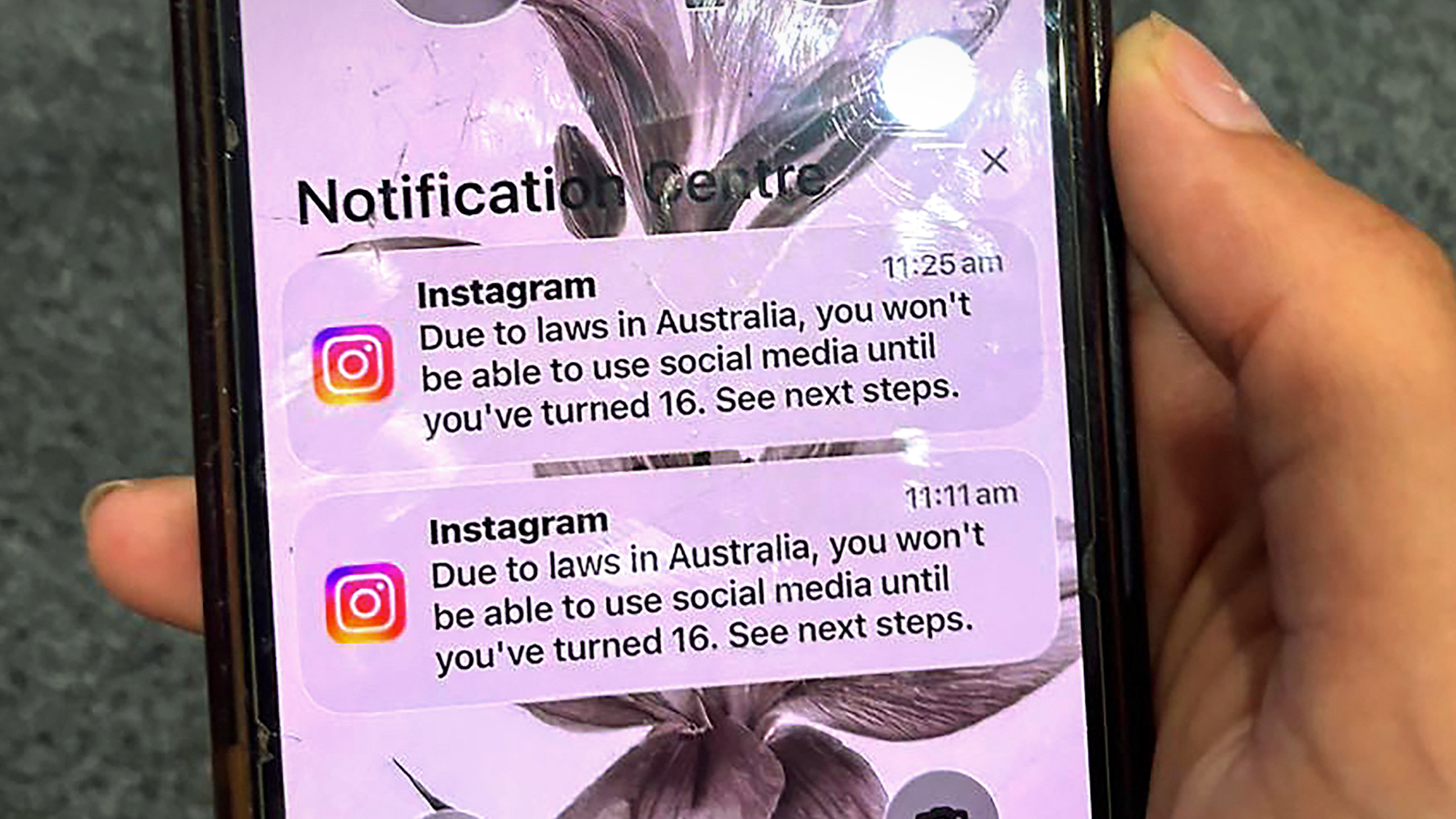 Australia’s teen social media ban takes effect
Australia’s teen social media ban takes effectSpeed Read Kids under age 16 are now barred from platforms including YouTube, TikTok, Instagram, Facebook, Snapchat and Reddit
-
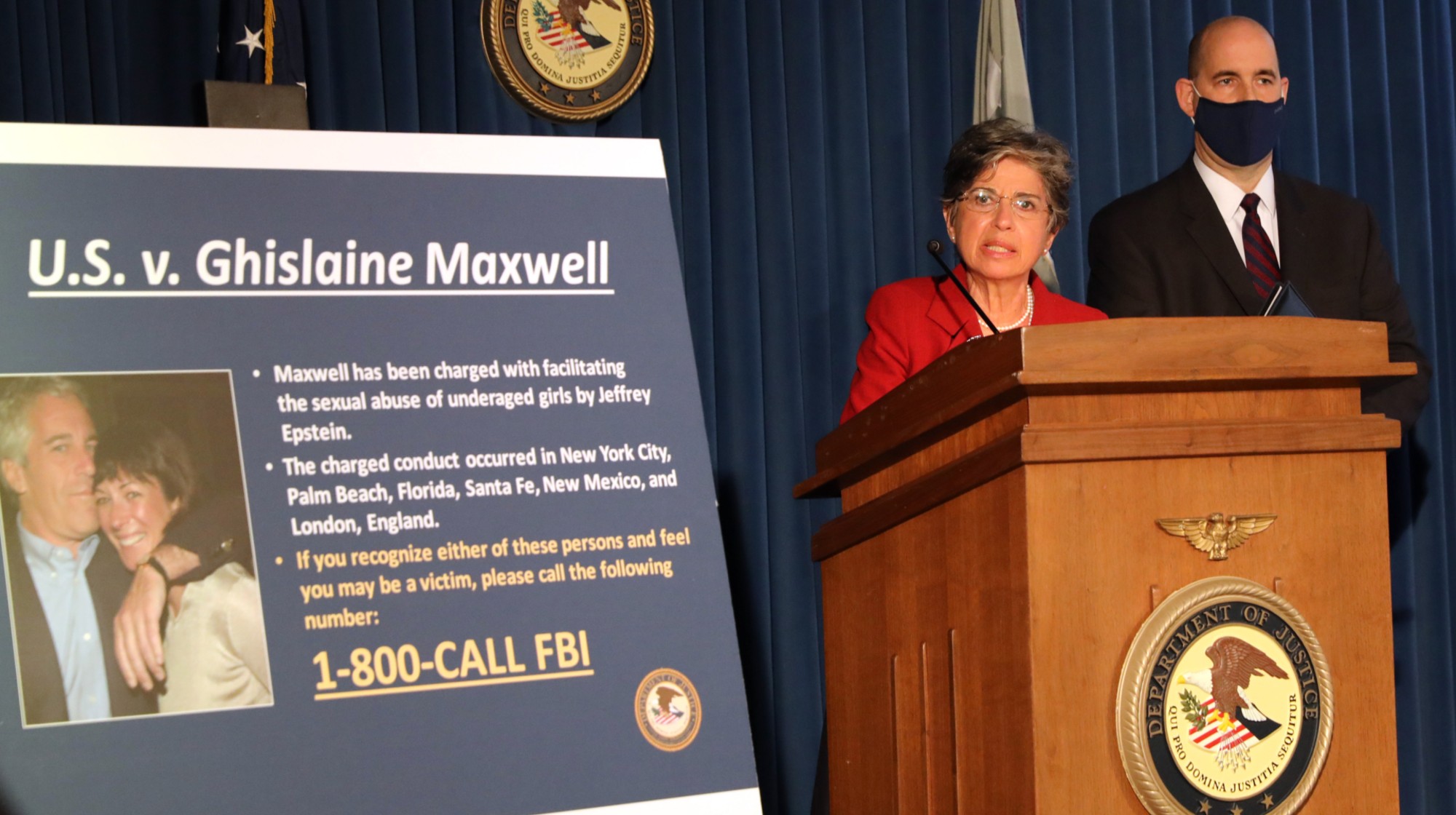 Judge orders release of Ghislaine Maxwell records
Judge orders release of Ghislaine Maxwell recordsSpeed Read The grand jury records from the 2019 prosecution of convicted sex offender Jeffrey Epstein will be made public
-
 Miami elects first Democratic mayor in 28 years
Miami elects first Democratic mayor in 28 yearsSpeed Read Eileen Higgins, Miami’s first woman mayor, focused on affordability and Trump’s immigration crackdown in her campaign